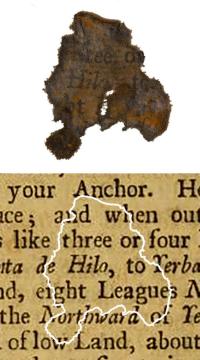 A lump of paper wadding found in a cannon from the pirate Blackbeard‘s ship Queen Anne’s Revenge has been identified as containing scraps of paper from a book by Captain Edward Cooke written in 1712. Researchers were able to identify the tiny paper scraps as coming from A Voyage to the South Sea, and Round the World, Perform’d in the Years 1708, 1709, 1710 and 1711. They were able to identify specific words on the paper scraps which corresponded to the text of the book.
A lump of paper wadding found in a cannon from the pirate Blackbeard‘s ship Queen Anne’s Revenge has been identified as containing scraps of paper from a book by Captain Edward Cooke written in 1712. Researchers were able to identify the tiny paper scraps as coming from A Voyage to the South Sea, and Round the World, Perform’d in the Years 1708, 1709, 1710 and 1711. They were able to identify specific words on the paper scraps which corresponded to the text of the book.
The discovery raises several questions. Who was Captain Edward Cooke and why was Blackbeard reading his book? Or, on the other hand, why did the pirate think the pages were suitable as wadding for one the guns on his ship? Was this out of necessity or a dislike for the book? If Blackbeard did indeed read the book, was it for pleasure as a diversion, or was it a practical desire to learn more about a potential foe? Was the book already on the ship when Blackbeard captured it in 1717? Did the book remain unread by the pirates with its pages used only for wadding for the guns?
A Voyage to the South Sea, and Round the World is an account of a voyage around the world in two ships, under the command of Woodes Rogers. It also includes a firsthand account of castaway Alexander Selkirk, whose tale inspired Daniel Defoe to write Robinson Crusoe. What does this have to do with Blackbeard? Perhaps nothing, but Woodes Rogers was the great vanquisher of pirates who arrived in New Providence as Governor, a year after Edward Teach, known as Blackbeard, departed. Continue reading


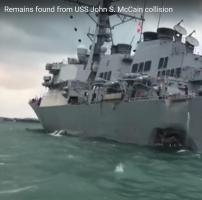 The Navy has announced that five officers involved in two deadly ship collisions are facing a variety of criminal charges including negligent homicide. The officers facing charges include Cmdr. Bryce Benson, former captain of the
The Navy has announced that five officers involved in two deadly ship collisions are facing a variety of criminal charges including negligent homicide. The officers facing charges include Cmdr. Bryce Benson, former captain of the 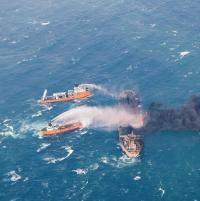
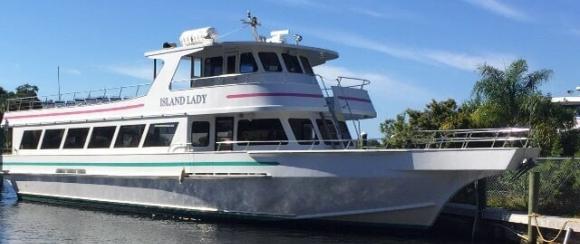 A fire broke out on the casino shuttle boat, Island Lady, around 4PM on Sunday, in the Gulf near Port Richey, Fl. The 34 passengers and 14 crew aboard were forced into the 59-degree water. At least one passenger, a 42-year-old woman, died. 15 passengers were transported to a local hospital with for chest pains, smoke inhalation and other injuries initially reported as not life-threatening. The Island Lady was shuttling passengers to the
A fire broke out on the casino shuttle boat, Island Lady, around 4PM on Sunday, in the Gulf near Port Richey, Fl. The 34 passengers and 14 crew aboard were forced into the 59-degree water. At least one passenger, a 42-year-old woman, died. 15 passengers were transported to a local hospital with for chest pains, smoke inhalation and other injuries initially reported as not life-threatening. The Island Lady was shuttling passengers to the  The
The 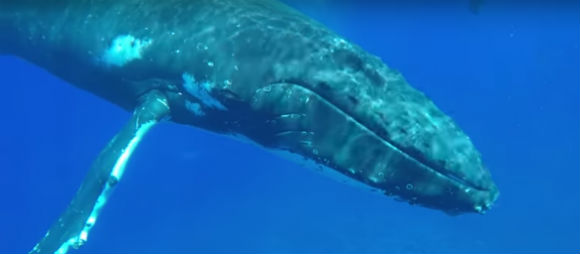 Recently, biologist Nan Hauser was snorkeling in the Cook Islands in the South Pacific, when
Recently, biologist Nan Hauser was snorkeling in the Cook Islands in the South Pacific, when 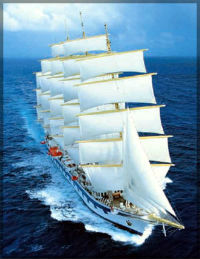 Here is a look at a modern sailing ship, Star Clipper’s
Here is a look at a modern sailing ship, Star Clipper’s 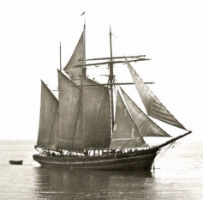 A
A  A day before Christmas,
A day before Christmas,  An Iranian tanker,
An Iranian tanker, 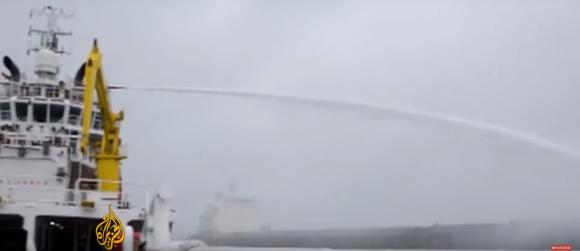 Response teams are struggling to bring a fire aboard the Iranian Suezmax tanker Sanchi under control following a
Response teams are struggling to bring a fire aboard the Iranian Suezmax tanker Sanchi under control following a 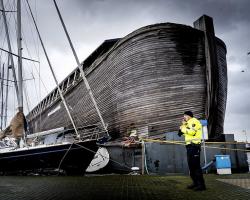

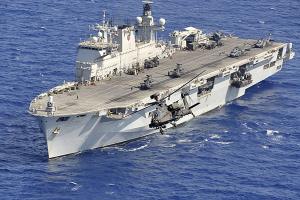
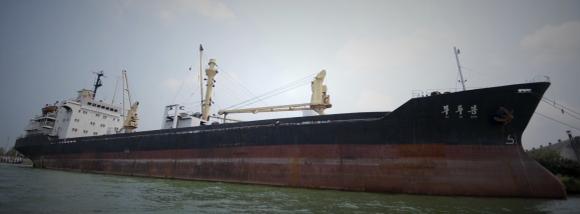 Sanctions do not mean much if they are not enforced. The UN has been imposing increasingly stricter limitations on the importation of crude and refined oil to North Korea. Still, oil has been getting through. In the past few days, South Korea has seized two tankers; the
Sanctions do not mean much if they are not enforced. The UN has been imposing increasingly stricter limitations on the importation of crude and refined oil to North Korea. Still, oil has been getting through. In the past few days, South Korea has seized two tankers; the 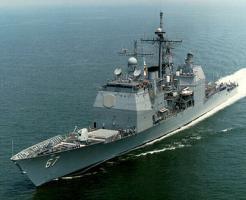 Back in June,
Back in June,